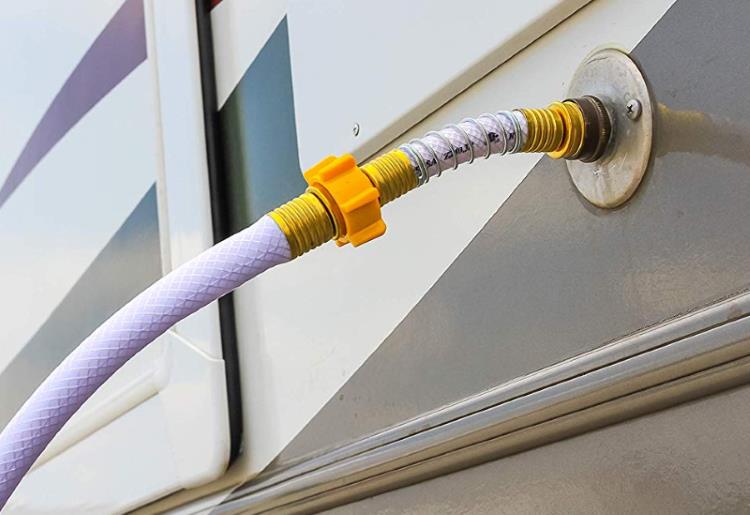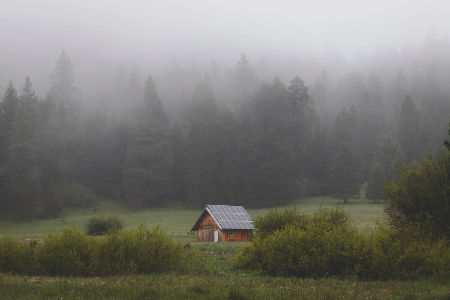
13 Tips to Help You Build An Energy Efficient Tiny Home
In the past few years, the tiny house movement has skyrocketed as we see more and more people move out of their big houses to small homes. Two of the major top advantages of living in a tiny house are their low energy consumption and eco-friendly building materials.
While heating, appliances and security are cheaper than your average house – most people join tiny house communities due to the minimalistic footprint tiny homes leave, and the cost savings.
If you are considering moving to a tiny home, have an architect draw a little house design per your specifications. Due to there being many tiny house builders, it won’t be hard to get a custom floor plan. Before providing tips for building a mobile home or tiny permanent home, let’s first understand what a tiny house is.
Understanding a Tiny House
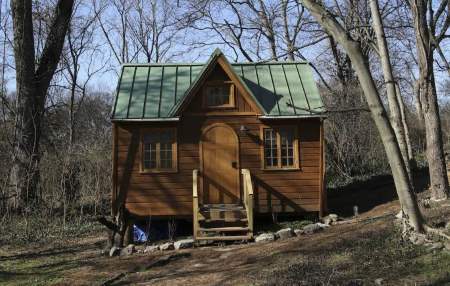
In some cases, these small residences are also referred to as net-zero energy-efficient housing. Most tiny homes are built on a mobile platform (and can be towed to place to place), while some can be built on a permanent home foundation.
Unlike a typical American home that averages 2600 square feet, a tiny house takes averages about 186 square feet. This means that a lot for a typical American house can hold about 13 tiny houses.
Many tiny homes are designed to consume less energy than an average home utilizes, meaning that the homeowners pay little to no money for electricity as these homes are “off-grid” which are powered by solar panels, wind turbines or rechargeable batteries.
When building a low-energy consumption structure, you must understand that it’s not about maximizing energy production but rather minimizing energy usage.
You may ask, “Why?” Because if the tiny house community was all about energy production, they would just install solar panels on their roofs. That said, you must ensure that your house can produce the energy you need to use, and that’s where the builders and architects come in, as they are experienced in this type of work.
Tips for Building an Energy-Efficient Tiny Home

Do you want to construct a small house? These tips will help your tiny home builders build a net-zero energy-efficient structure.
- Use ICF Construction
Several techniques are used in building tiny homes, but the ICF (insulated concrete forms) construction is the most effective method. When using ICF blocks, which are foam insulated, are designed to fit together perfectly. This means your home will have no air gaps as the ICF blocks do not permit air to pass through.
They are excellent means of controlling the temperature in your tiny home since no outside air gets in, and the inside air does not go out unnecessarily, thus taking you closer to your goal of a net-zero home.
Some other benefits are:
- The blocks are fairly solid, so you don’t need to worry about pests, mice, rats or bugs tunneling through them.
- The blocks are coated in a highly resilient outer shell, which is very durable to rain, snow, ice and even hail.
- They’re lightweight and extremely easy to transport, move and replace.
- Pay Attention to Insulation
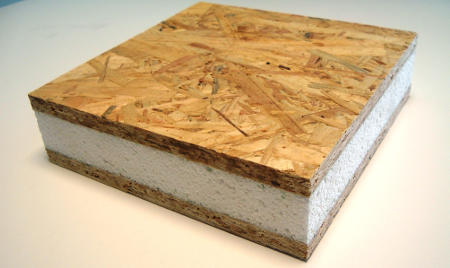
Yes, ICF blocks provide insulation for your walls, but you must also ensure that your whole structure is adequately insulated. You can use foam insulation on your roof and other small spaces to maintain the optimal temperature.
Make sure to also pay attention to the flooring. The tiniest houses’ floor plan comprises four sections: trailer decking, subfloor framing, subflooring, and finished flooring. The builders use four layers to insulate your floor against moisture and pest, allowing you to save money on heating.
- Add Barriers and Weatherproof Your Tiny Home
Although the ICF blocks prevent air from entering or leaving your home, a little may still manage to sneak through. So, you must insulate your house and seal all the cracks in the wall. You can further protect your tiny home from outside elements by using insulated vinyl siding. You can also weatherproof your windows and doors to prevent air from getting in or escaping through the gaps.
- Use Solar
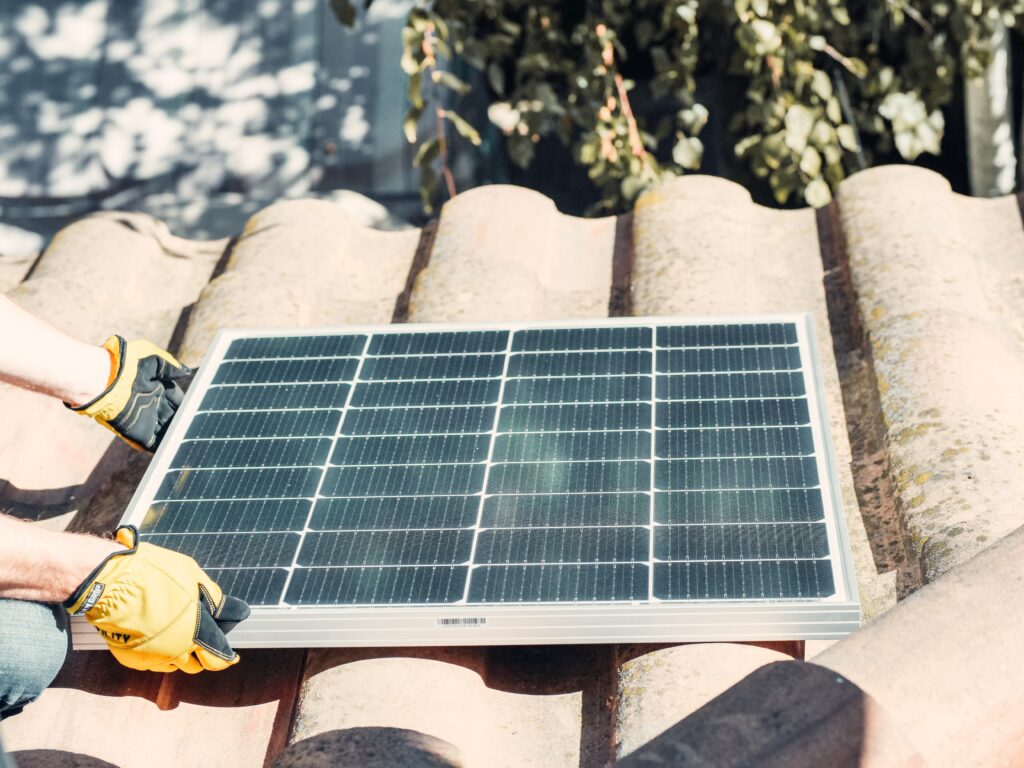
When trying to minimize electricity, it is best to use renewable energy, like solar power or wind. You can install solar panels on your tiny home’s roof to maximize the solar uptime of your panels. Make sure to conduct regular maintenance, as the aluminum frame, silicon layer and even the back sheet can be damaged or become dirty – thereby diminishing the effectiveness of your panel.
Instead of solar panels, some tiny homeowners have installed wind turbines on their houses, especially if they live in a windy location. However, you will only get enough power for your house if the winds are high.
You can also install solar-powered AC and use the sun’s heat to keep your house cool. Another strategy is to install outdoor solar lights. These are lights that are powered by the sun. So instead of having cords running from the house and surge protectors, install these solar lights outside. You can install string lights on your pathways and floodlights at the roof’s edges to give you a better nighttime view.
- Use Energy Star Windows
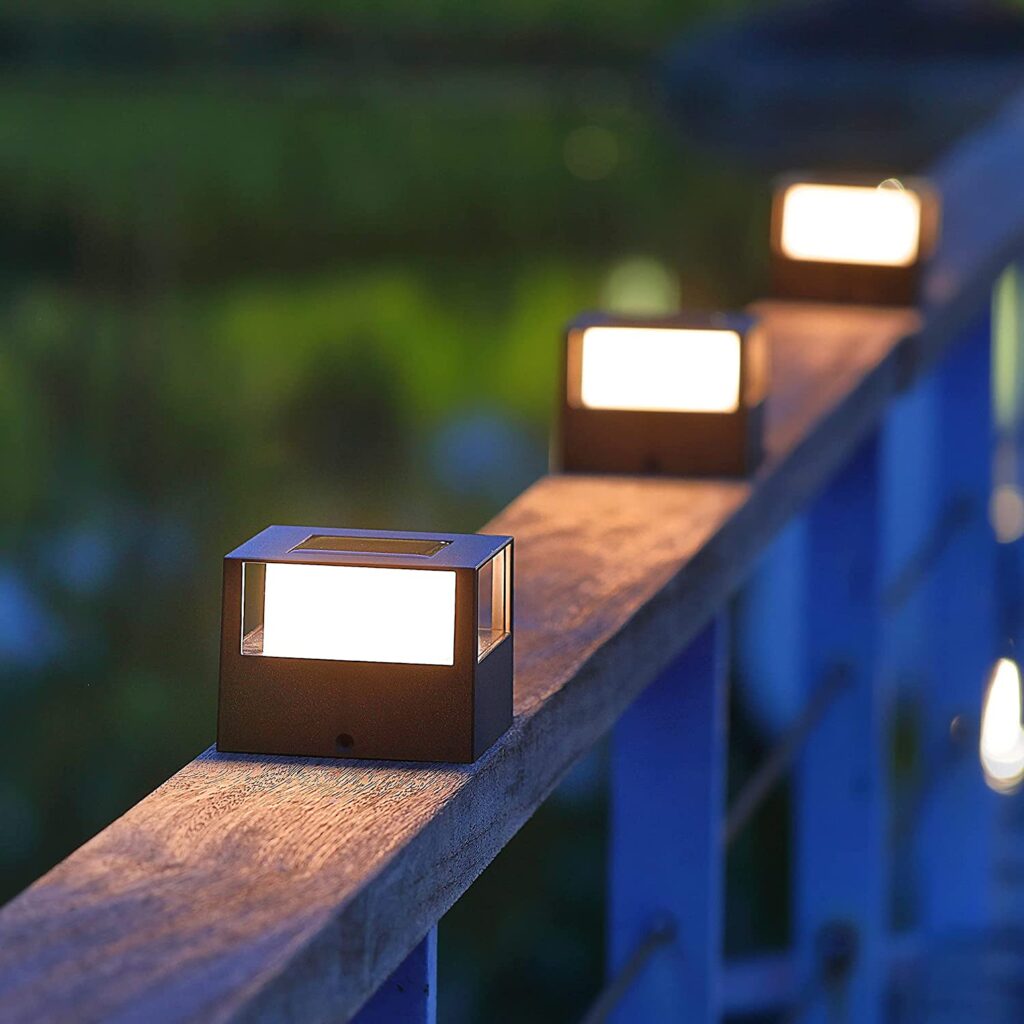
If you use traditional windows in your tiny home, you will be wasting about 30 percent of your heating and air conditioning, meaning that you are not building an energy-efficient house. It’d be best to consider installing Energy Star windows to prevent heat and air loss from your home. Please ensure the windows are certified by the US Department of Energy.
- Energy-Efficient Lights
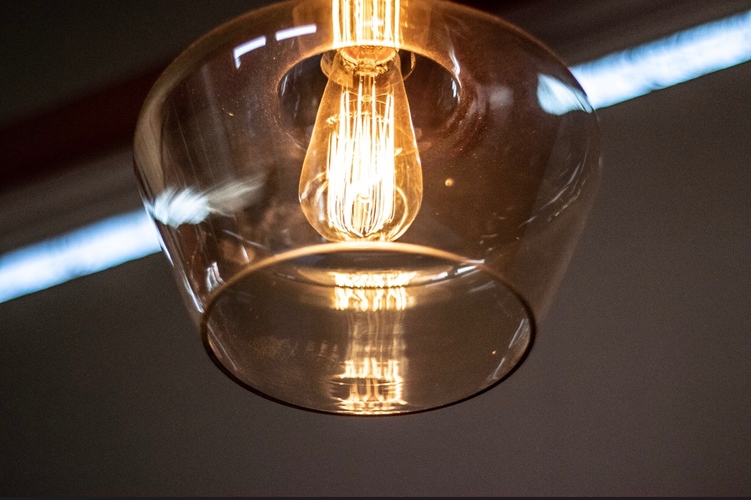
If you are using regular bulbs, shift to LED bulbs to save energy. This is because LEDs consume 90 percent less energy than regular light bulbs, saving on energy costs for the average American homeowner.
- Rainwater Catchment System
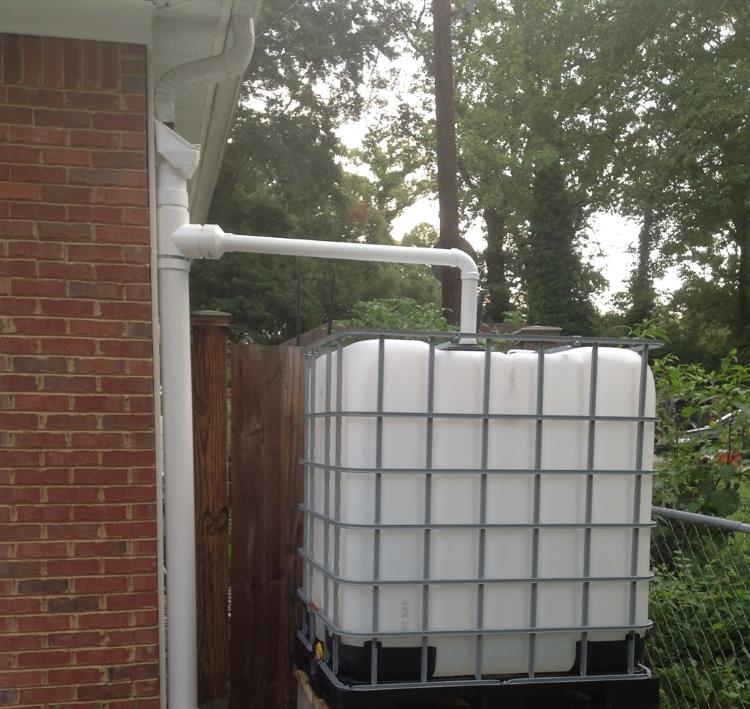
Most tiny homes harvest rainwater for showering, washing clothes, flushing toilets, and irrigating the plants in their gardens. Some install a purification system for drinking water. If you decide to install a water catchment system in your tiny house, please check with the local regulations to ensure it is allowed in your area.
- Use a Tankless Water Heater
Instead of the traditional water heaters, tiny homes utilize tankless water heaters as they are efficient and only heat water when needed.
If you are a minimalist living off the grid, solar water heaters are the best option if you are not a fan of cold showers. They enhance sustainability and are an affordable solution to minimizing energy usage in heating, storing, and insulating hot water.
- Energy Star Appliances
It is generally agreed that household refrigerators in the US consume too much energy. You can reduce your carbon footprint by switching to Energy Star appliances, which use less energy and are much more suitable. And instead of drying your clothes in a dryer, hang them outside and use the sunlight and wind.
- Loft Bed
Since your living area is small, please make the most of it by installing a loft bed. It ensures you can utilize the space below for a study table, bookcase, clothes storage, or other vital fixtures.
- Eco-Friendly Flooring
As the tiny house movement is about maximizing space, many of these homes have little floor space. But it’s still recommended that you use eco-friendly flooring, like bamboo, suitable woods, and natural linoleum.
- Composting Toilet
A composting toilet is the best amenity for a tiny home. It is simple to install and effortless to use. The best part is it uses organic materials and aerobic bacteria to break down the waste. The waste is stored in removable packages for easy disposal per state regulations. Some homeowners prefer to use the waste in their gardens.
- Build a Tiny Garden
The tiny home movement is all about simple living and sustainability. So, consider creating a DIY garden in your backyard and start growing vegetables, fruits, and herbs. Consider climbing plants to maximize the space.
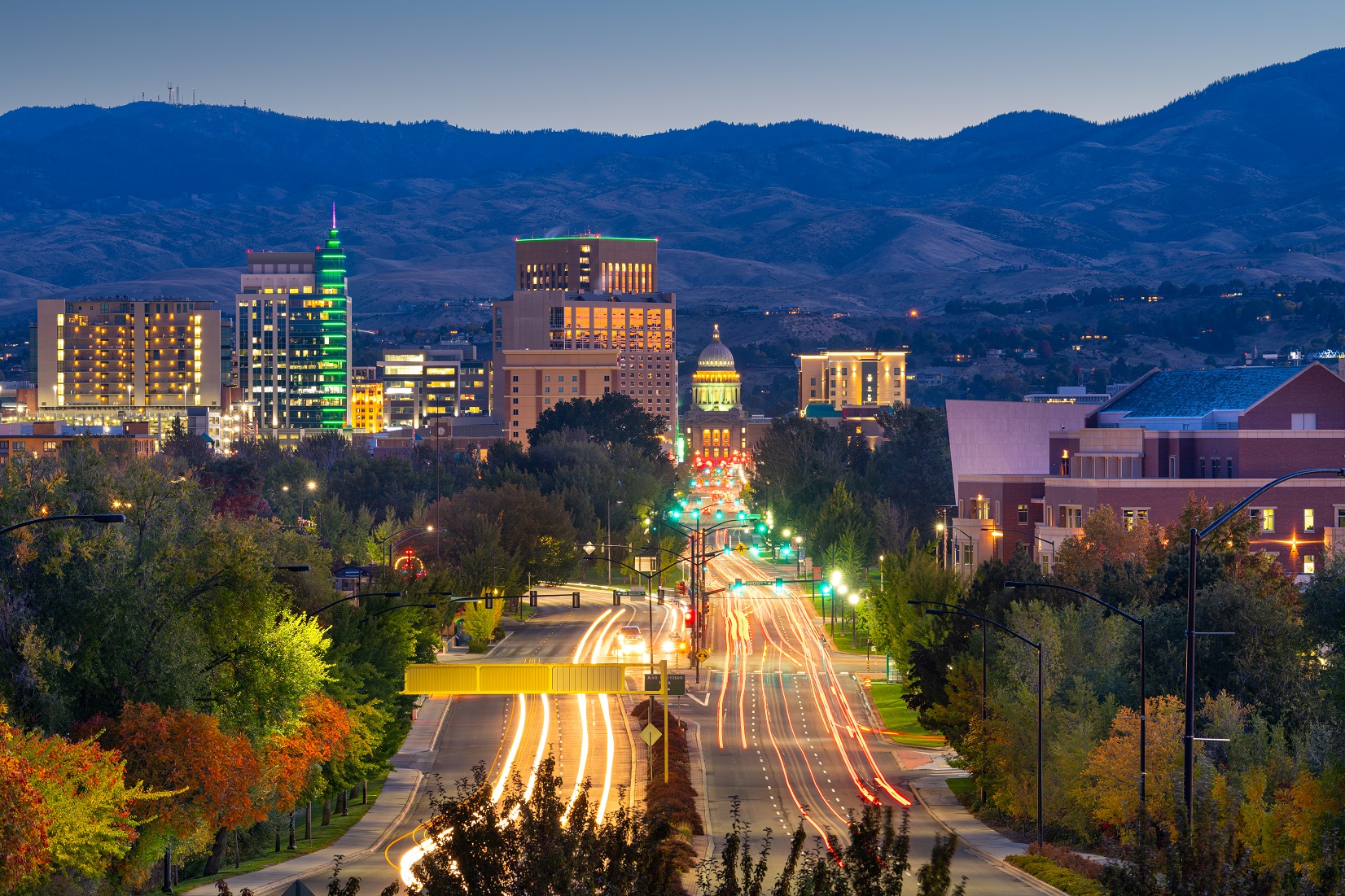
What To Consider When Building a Tiny Home in Idaho
Living in a compact, more energy-efficient house with fewer possessions aids in the reduction of waste in Idaho. In reality, a tiny house consumes around 7% less energy than a conventional home. Even if you’re not completely off the grid, small houses may help you live more sustainably, particularly if you add solar panels or use wind power. It is often less expensive to build a tiny house than to purchase one already constructed, but don’t get too excited about the savings. If you consider these essentials before constructing a tiny house in Idaho, it will be ideal for your household.
Why do people choose Idaho for Tiny house?
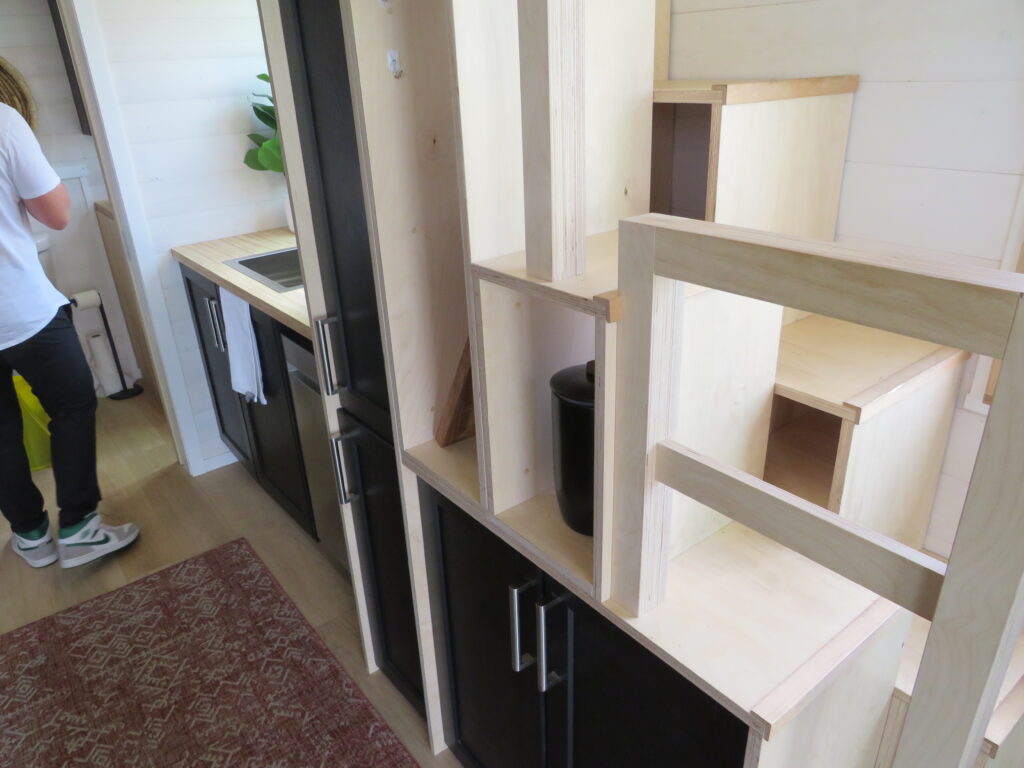
Idaho is a lovely place for tiny houses. Tiny idahomes are a better option for the users of travel trailers. Particularly millennials are attracted to this style of property in Idaho. Due to the state’s low population density and cheaper homeowner’s insurance prices, purchasing a home in Southeast Boise, Meridian the city of Boise, and Hayden is reasonably simple and reasonable. Same is true for tiny home builders who want to build tiny houses.
In recent years, the tiny house movement has increased. It is becoming more a popular alternative to Travel Trailers, Airbnb, Manufactured Home and Truck Camper. Because these are easy to build and have few city codes from the city council to follow.
Craters of the Moon National Monument, Shoshone Falls, Lava Hot Springs, Idaho Falls, Sun Valley Resort, Sawtooth National Recreation Area, and a small portion of Yellowstone National Park are just a handful of the great natural full time attractions that can be found in Idaho. Idaho’s climate is perfect for a tiny house. It demonstrates considerable variation. In the winter, particularly in the northern half of the state, a marine climate predominates, while in the summer, a continental climate is prevalent.
6 Things to Consider While Building a Tiny House
Research Before Start
Fortunately, there is huge information on how to create a small house, including plans, challenges that develop during construction, suggestions on where to obtain the materials, etc. There are fewer step-by-step guidelines available on how to build your own small home, but it’s better to locate a decent one to follow than to try to plan out each step in your head since you’re certain to miss something. Check out these typical Idaho building code infractions to be certain. Before hammering the first nail, explore the Internet, study books, and peruse blueprints to absorb as many ideas and inspiration as possible. Take your time. Planning will allow you to accomplish your goals with less waste and fewer errors.
Make A Perfect Plan
A tiny house in Idaho requires careful planning. Acquire a foundational understanding of what to look for in a trailer if you intend to construct a wheeled vehicle, or recreational vehicle and what square feet, and minimum ceiling heights you need. This is the very base of your home, upon which all of your money and time will be spent. Ensure that it’s the proper one. Bring someone who is knowledgeable about trailers or metalworking with you if you plan to purchase a used trailer. Ensure that it is safe and will not cost you tenfold over time. Read as many blog posts, online discussion strings, and websites as possible about how to build custom tiny homes. This is the most crucial investment you can make for your tiny home.
Consider A Strong Foundation
When creating a tiny house in Idaho, it is crucial to consider a strong foundation. The first consideration is whether or not you want the home to be moveable. This, along with the previously described legal concerns surrounding small houses, is the primary reason why the majority of tiny houses are constructed on travel trailers. Tiny houses can be constructed in a variety of methods, including on skids, stilts, post-and-beam, or concrete slab foundations. It is essential to conduct a study to choose the optimal foundation for your tiny house.
Think Outside the Box
Tiny dwellings are frequently constructed using reclaimed or repurposed materials to save costs and improve environmental sustainability. Architects are becoming increasingly creative in their use of recycled materials, so when planning your tiny house, think beyond the box. Due to the house’s tiny stature, every material selection is crucial. Windows were previously noted as an essential element for expanding the space, thus the selection of glass is key. It is crucial to examine the thermal properties of various glass goods based on the climate in Idaho in which you plan to construct the tiny house.
Pull Permits
If you wish to build a small house in the state of Idaho, you will need to coordinate with local planning and zoning officials. If you’re planning to build a tiny house on a piece of property, it’s wise to let the landowner know in advance. You will be required to provide architectural blueprints, which should be of the highest quality. The little house must comply with building codes. The issue with tiny homes is that all structures must adhere to state building codes. If you desire a small house on wheels, it will be subject to RV rules and must be parked in Idaho mobile home-regulated zones.
Tiny home living in Idaho has several clear positives and cons: money savings but fewer facilities, mobility, little storage, lower size, and more red tape. But what’s less clear is that the trade-offs are as varied as the small home community itself, each unique to the particular resident, and they are changing. Don’t hurry. Before constructing, do proper research on it.
Budget

Budgeting for tiny homes can be difficult, especially if you’re trying to go off-grid. Here are a few tips to help you budget for your tiny home.
- Know how much you can afford to spend on your tiny home. This will help you narrow down your search and find a home that fits your budget.
- Don’t forget about the cost of insurance. Tiny homes are often considered dwelling units, which means they may require different insurance than a traditional home.
- Be prepared to pay for permits and fees. Depending on where you live, there may be permits and fees associated with building or living in a tiny home.
In conclusion, building a tiny home in Idaho is a great way to downsize and live a more sustainable lifestyle. The cost of living is cheaper, there are no property taxes, and you can be off-grid if you choose. If you’re looking for a simpler way of life, then building a tiny home in Idaho is the way to go.
If you’re looking for a job, Amazon has a number of jobs available in Idaho as they scale up their distribution centers across the US. Check out Amazon jobs in Idaho by Jooble
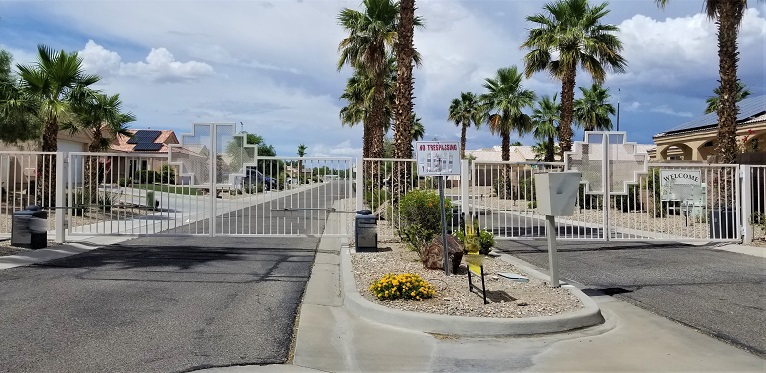
The Pros and Cons of Living in a Gated Community – What to Consider Before You Buy a Real Estate!
If you’re thinking about buying a house in a gated community, you’re not alone. In fact, nearly 20% of new homes built in the U.S. are in gated communities, according to the National Association of Home Builders. Whether you have expensive furniture or appliances, or you want to know your kids will be safe when they’re playing – gated communities have a lot of appeal. But before you sign on the dotted line, it’s important to weigh the pros and cons of living in gated vs non gated communities. Here’s what you need to know.
What is a Gated Community?
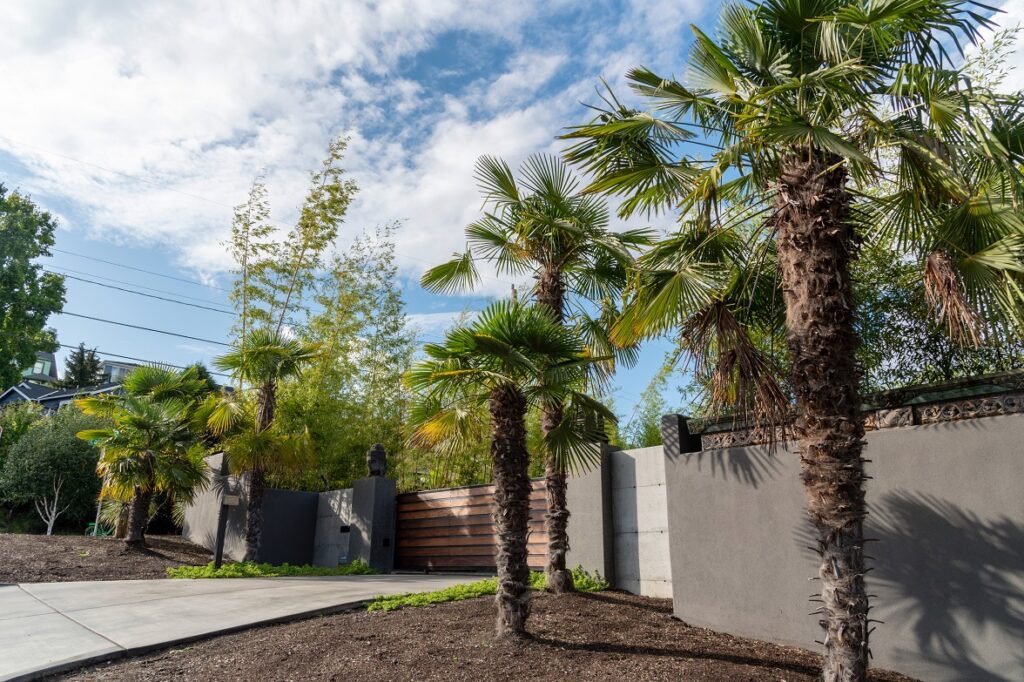
Before hashing out the various pros and cons of living in a gated community, it’s important to first understand what this type of neighborhood entails. Essentially, a gated community is a largely residential enclave that is guarded by some type of physical barrier – think gates, fences, or even walls. These types of communities can be found in both rural and urban areas, and come in all shapes and sizes.
Gated communities first gained popularity in the United States during the 1980s, as a way to increase safety and security. But these days, there are all sorts of reasons why people might choose to live in a gated community – from the desire for more privacy to the simple fact that it can be seen as a status symbol.
Pros of Living in a Gated Community
There are various positive reasons why real estate investors or buyers are attracted to gated communities for their next home purchase. Some of the most popular reasons are:
Security System
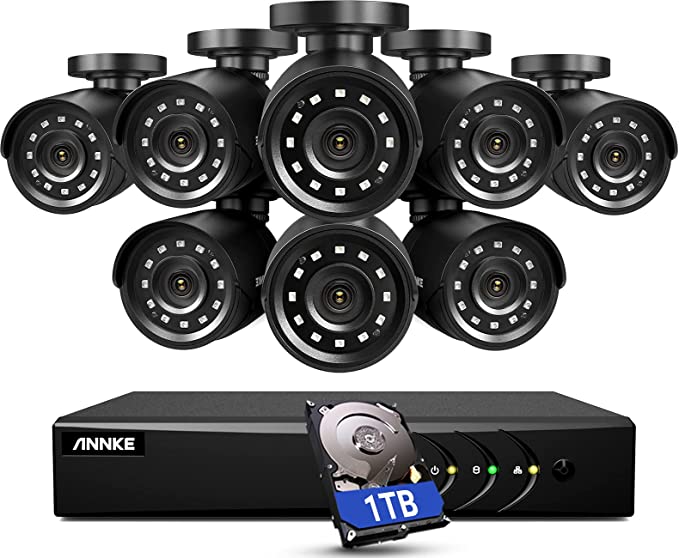
One of the biggest advantages noted by residents of gated communities is the additional sense of security offered. Not only are these enclaves guarded by physical barriers, but they often have security personnel on patrol 24/7. In fact, it’s not uncommon for gated communities to have their own private security guards. This produces less traffic in the area and saves from solicitors and also offers peace of mind for both you and your family, especially if you have young children. Check out our review on tiny house security strategies!
Privacy
Another big perk of living in a gated community is the increased privacy that it affords. If you’re someone who values your privacy, a gated community can be an ideal choice. There is almost zero crime rate in private communities. These types of neighborhoods often have very little through traffic, so you won’t have to worry about strangers driving by your home or loitering in your neighborhood.
Amenities
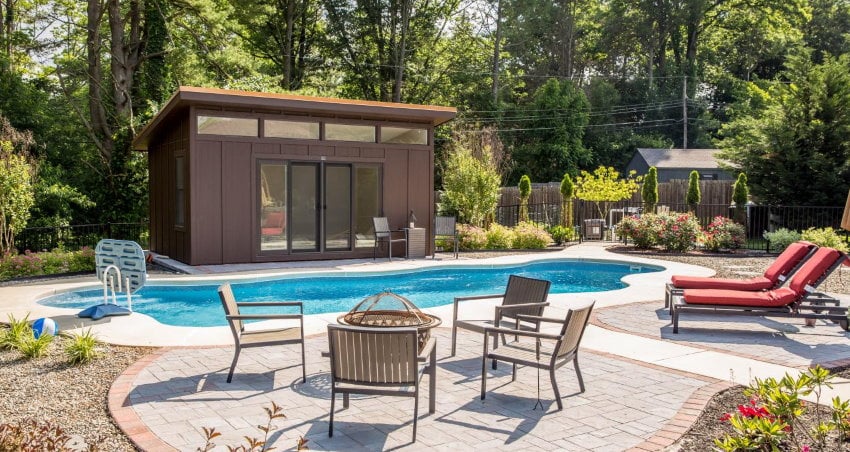
One of the reasons that gated communities have become so popular in recent years is the range of amenities that they offer residents. Many of these communities have their own private recreation centers, swimming pools, and tennis courts – meaning you won’t have to leave your gated neighborhood to enjoy a day of fun in the sun. In addition, some gated communities also offer residents access to amenities like golf courses, fitness centers, and even restaurants.
Cons of Gated Communities
Of course, gated communities are not without their drawbacks. you have to know all of this before home buying from a gated community. Some of the potential disadvantages of living in one of these types of neighborhoods include:
Restrictions on Visitors
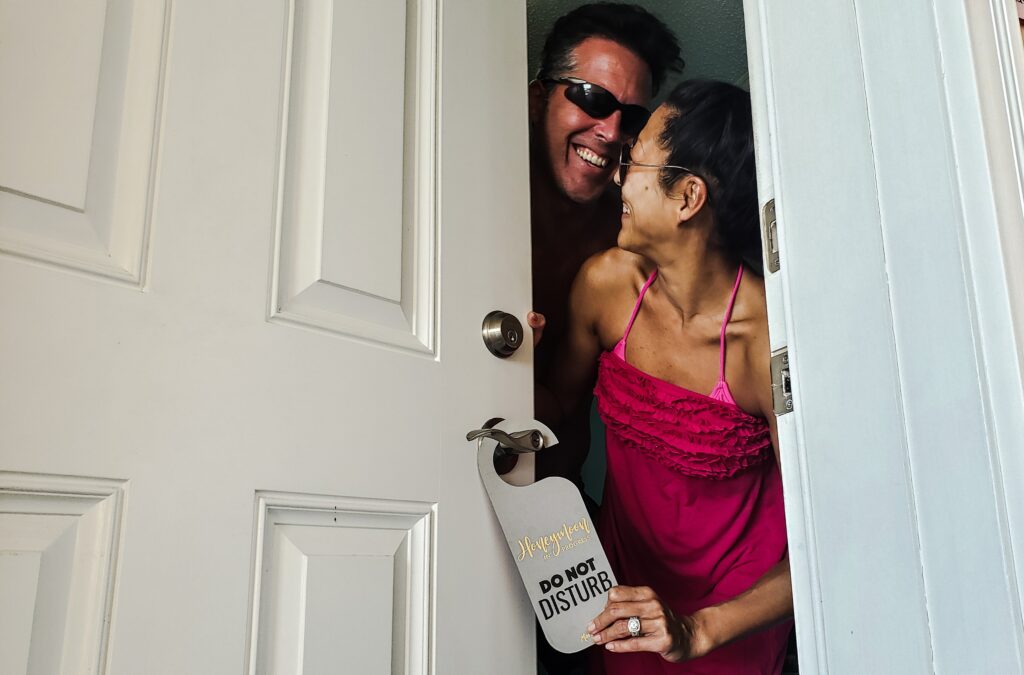
One of the first things that you’ll notice about living in a gated community is the restrictions that are placed on visitors. In order to enter, your guests will need to be pre-approved and have their names added to a guest list. In addition, they may also need to show ID or provide a vehicle registration number. This can be inconvenient if you often have friends or family members drop by unannounced.
HOA Fees for Your Real Estate
Another potential downside of living in a gated community is the fact that you’ll likely be required to pay monthly or annual homeowners association (HOA) fees. These fees can range from a few hundred dollars to several thousand dollars per year, depending on the size and amenities of the community which also increase the property values. In addition, you may also be required to pay special assessments from time to time to cover the costs of repairs or improvements to the community. It creates hassle and increases the cost of living.
However, reputable communities like Stonebridge Ranch always disclose the additional costs upfront to the buyers. So you must check all the fees, home prices, and hidden charges carefully before buying a home in a gated community.
Lack of anonymity
While some people see the lack of through traffic as a benefit, others view it as a disadvantage. If you’re someone who likes your privacy, you may not appreciate having your neighbors know all of your comings and goings. In addition, the lack of anonymity can also make it difficult to meet new people.
Rules
There are tons of rules and regulations to follow if you want to live in a community. You must be aware about common rules regarding clubhouse, landscaping, property taxes, noise level,
As you can see, there are both pros and cons associated with living in a gated community. Ultimately, the decision of whether or not to live in one of these types of neighborhoods comes down.
So, should you buy a home in a gated community? Only you can answer that question—but now you have all the information you need to make an informed decision. Weigh the pros and cons carefully before making your final decision—and then enjoy all the benefits of living in your beautiful new home!
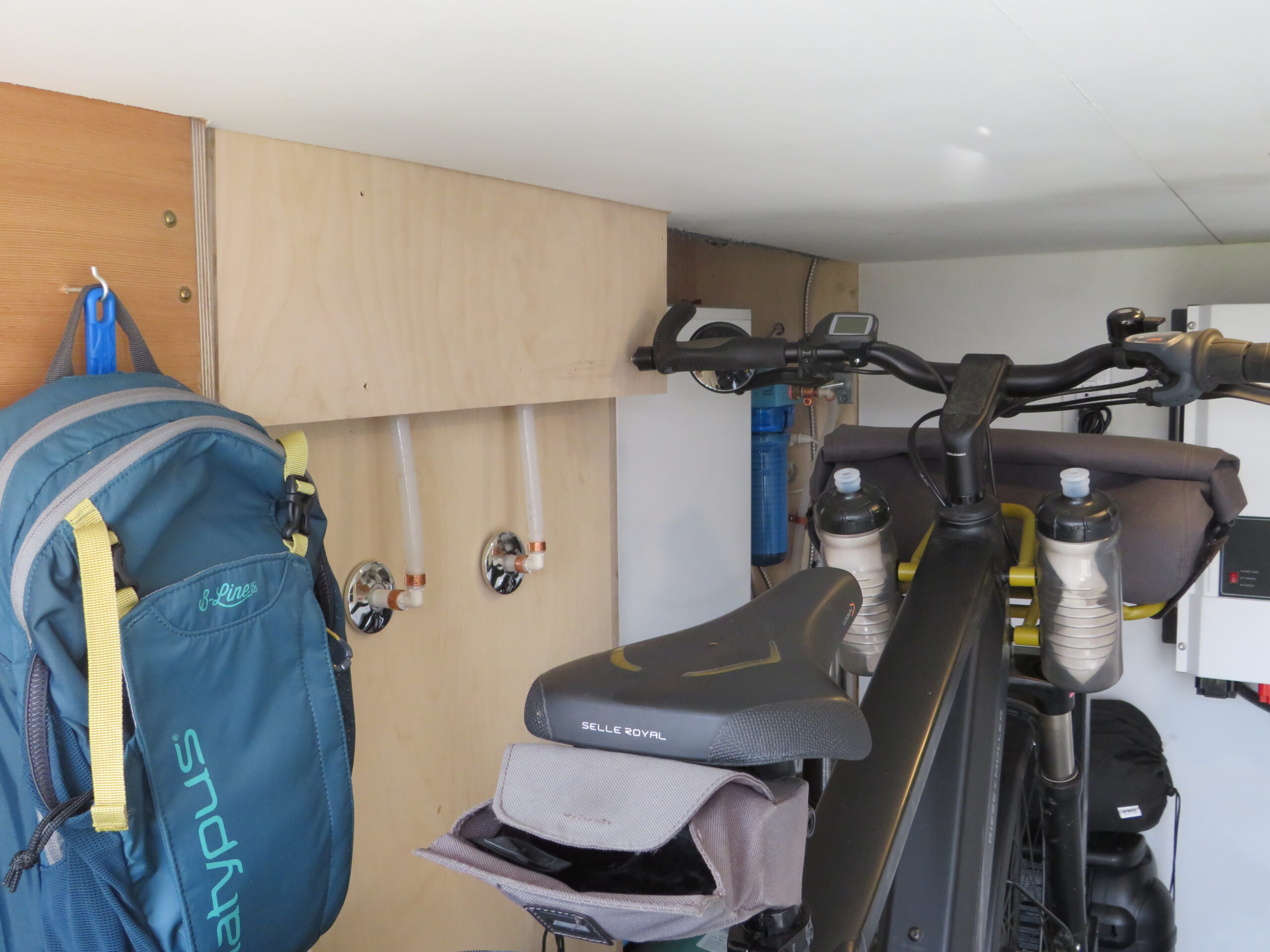
9 Ways to Get Water into Your Tiny House
If you own or thinking about owning a small house, then you should be thinking about ways to get water into your tiny home. You might be thinking about living in an environmentally-friendly tiny house, but you’ll need water, electricity, gas, etc. to survive right? Otherwise, you would’ve lived in a cave or camped in the middle of a swamp :).
A tiny home will mostly get along nicely with off-grid utility supplies because that’s the option you’re left with when there’s no public water line in your tiny home.
Ultimately, your water system – whether it’s a water storage tank or from a well, will depend on the size of the tiny home, and where you decide to set-up your abode.
Let’s explore those nine ways to ensure a regular off-grid (no sewer system) or on-grid water supply into your tiny house.
1. Tiny House Plumbing System
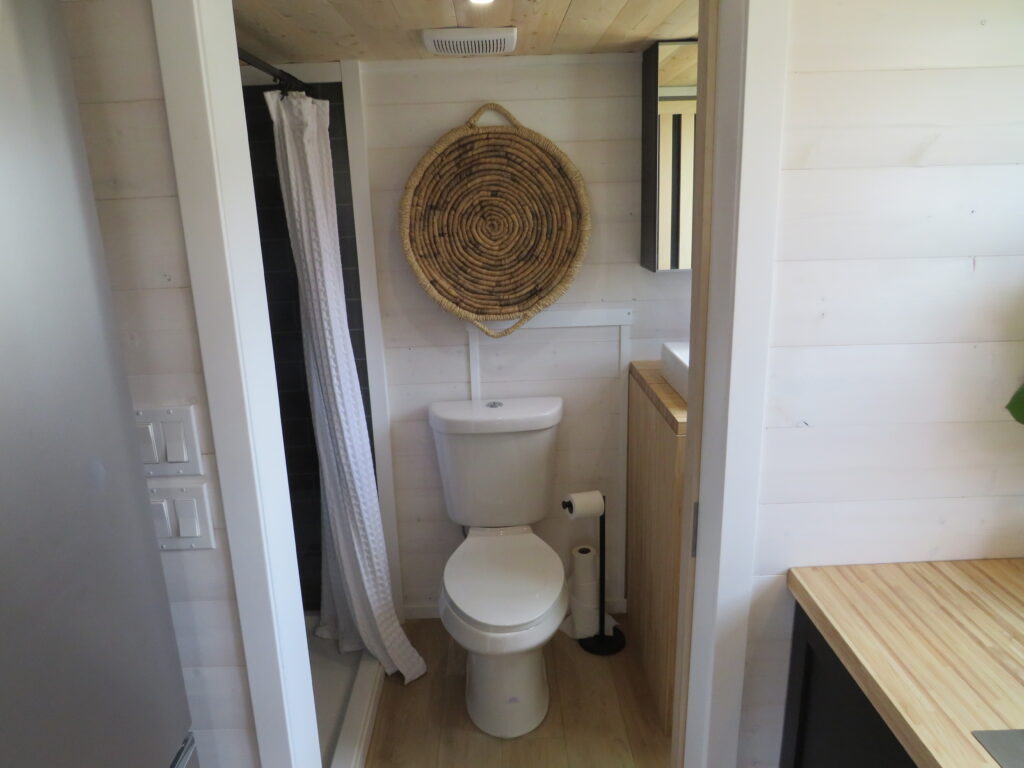
Doing the plumbing in your tiny house could be arduous and somewhat expensive, considering the low-key lifestyle you’re opting to take on. Getting a tiny house plumbing system installed during the building of the house will also save you future hassles if you’re planning to stay in it for the long term.
Moreover, tiny house plumbing will enable you to receive water from the on-grid water supply and get the things that require water done effortlessly.
You may skip your tiny house plumbing option if you simply want to live in the house temporarily.
Nonetheless, plumbing in your tiny home may cause you hardship. But it allows the cost to stay within a limit, as it does for regular-size houses since trenchless sewer repairs save time and money.
2. Reserving Rainwater

As you’re downsizing your house as well as your lifestyle, collecting rainwater and reserving it properly can work as a wonderful water source.
Although it depends a lot on the zone where you’ve established your tiny house, or the area you’re moving through on your wheeled tiny home, learning how to collect and preserve rainwater will save you a lot of trouble and money.
Solar panels are used to absorb the power of the sun, you’ll have to use some means to allow the rainwater to fall somewhere while draining into a storage system. These water storage could be large buckets, plastic jugs, glass jars or plastic tanks, etc.
Don’t forget to cover the reserved rainwater with clean lids, clothes, or oilcloths, so dust or germs don’t get into them.
Also, remember, the less acidic the rainwater is, the easier it is to preserve and less work you need to do to ensure it’s drinkable.
3. Digging a Well or Spring
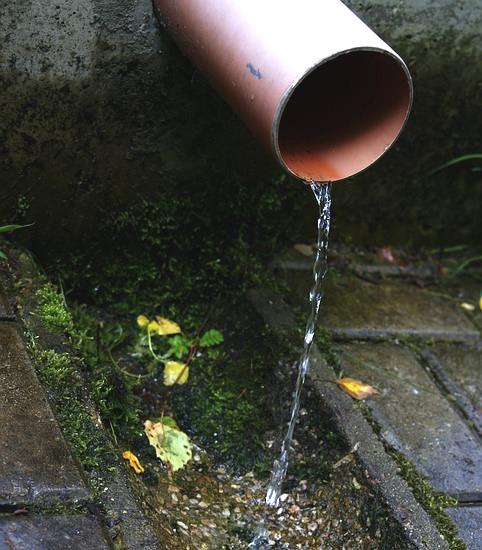
Another natural and off-grid water supply can be a well or spring near your tiny house. The best part of this is that spring or well water doesn’t have to go through a filtration system, especially if the well is deep enough.
Wells and springs contain rainwater which is clean, unlike the waste or blackwater that may run through sewer lines.
If you’re planning to stay in one place for a long time, digging a well or spring could prove to be a smart move to have clean drinking water for you and your family members.
However, there’s two challenge. You’ll have to draw and collect water from the spring every single day to meet your daily water necessity, including drinking, washing, bathing, etc., which can be a big hassle.
To get this hurdle off your way, you can connect a water pump to the well while drawing water from it through a water hose. The water hose will channel the water into your water tank, making it much easier for you to get it through the faucets.
You will also need to potentially firm up the wheel and insulate it from pests, growth and containments.
4. Water Pump and Strainer
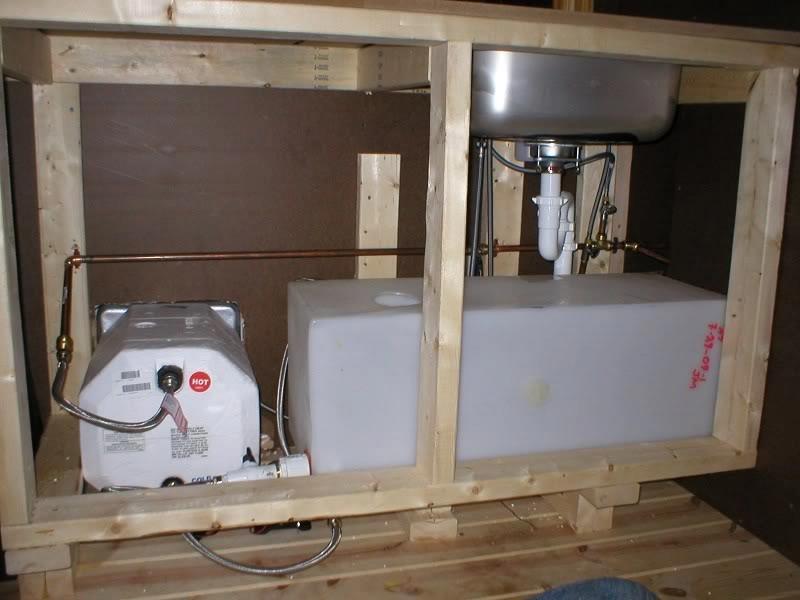
If you’re not planning to hook up to a public water supply for your tiny house, setting a water pump with a strainer could work well for you and your family. You’ll need a water tank to collect the water that will flow in from the deep ground through the pump.
Although it might be a problem partitioning space for a tank in or out of your tiny house, managing to accommodate one will save you the time and hassle of manual labor.
Make sure you’re allowing a freshwater supply into your tiny house by straining the sediment or dirt away while pumping up water from the ground. Overall, this might be an amazing solution as long as you’re planning to continue an off-grid water supply into your tiny home.
5. Joining Hookup and Groundwater
Hooking up to the city water will relieve a lot of your worries as you’ll be continuously feeding your tiny home the amount of water you require daily.
However, a brighter idea is to have a hybrid system where you can keep both off and on-grid water supply active within your small house. In this system, you’ll have two separate water valves; one for the freshwater supply while the other for the city water from RV (recreational vehicle) park amenities.
Having separate water valves won’t hamper the water supply from RV parks and gr
ound. This ensures a smooth drawing of water from both the ground and RV park while not allowing an overflow of water into your water tank.
Having a water heater tank in your tiny house could also be a good plan as you’ll often require hot water to make tea, milk, meals, etc. However, you’ll have to consider the space it might take. Moreover, you can install a tankless water heater to save space.
6. Manual Filling of Water Tank
Tiny home tanks need to be fed with water regularly especially if there’s no pump installed. This will be more applicable to you if you’re more into camping or traveling from one place to another on your mobile tiny house.
You may keep water containers, so you can fetch clean water from nearby sources and fill the tank set within your tiny house.
The amount and frequency of filling the tank will depend on the number of people living in that house, the time you’re staying at one place, and the daily usage.
On that note, make a calculation by keenly observing how many gallons of water you require to fulfill your daily necessities. This will give you a timeline and schedule for fetching water with containers while reducing the amount of labor or energy that you need to expend significantly.
7. Sharing Water with a Neighbor
Another water hookup you can come up with is to share the water supply with your neighbor.
Let’s say you live in your tiny house within a friendly neighborhood where you can get a friendly homeowner to agree to share their water supply with you. All you have to do is connect your tiny house to their water supply through a pipe and you will get an ample supply of water.
This could prove to be very effective since you won’t have to bother about installing a separate pump and strainer to fill your water tank with clean water.
However, both you and your neighbor should be transparent about the utility bills. Since you aren’t directly connected to the public water supply, yet sharing the water, your neighbor will receive bills for excessive monthly water usage.
Hence, you must come to a settlement with that good neighbor of yours about sharing the monthly bills.
8. Using Greywater
This might sound a bit ancient and squirmish, but collecting greywater can come in very handy in washing and cleaning certain things in your tiny house.
You have to keep a small tank, jar, or carrier in the shower or under the kitchen sink, bathtub, washing machine, etc. As the carrier is filled with enough wastewater, you may use it for various non-edible tasks, such as cleaning a standard toilet, watering the plants, etc.
If you want to recycle greywater, consider installing a filtration system. This will engage a power system to run the water filter machine. However, consider if its expense is worth it at the end of the day.
9. Getting Water Delivery
It’s very much possible that you aren’t able to get your tiny house equipped with the machines and tanks necessary to meet your water requirements. However, you can avail of water delivery which is in demand because of the rise in the number of tiny houses.
It’s a process where you simply need to pay for the amount of water brought and filled into your water tank. The water supplier will ask you beforehand how much water you require. Here, you must have a close estimation of the required quantity of water.
We’ll suggest that you install a large water tank, so you don’t run out of water multiple times in a month. This will spare you the need to wait for supplies while saving you the cost of repetitive deliveries.
Conclusion
The bottom line is that you’ll need a regular water supply no matter where you live.
Even leading an off-grid lifestyle in a tiny house will require enough water unless, say, you want to live an extremely off-the-grid lifestyle and have amenities such as a composting toilet for your natural disposal of waste or a propane refrigerator.
Hence, we hope that you can use the nine ways to get water into your tiny house that you just learned and get water into your tiny home in a way that aligns with your goals, budget, surroundings, and living conditions.
